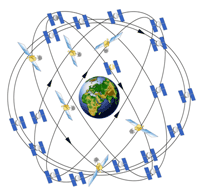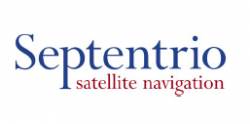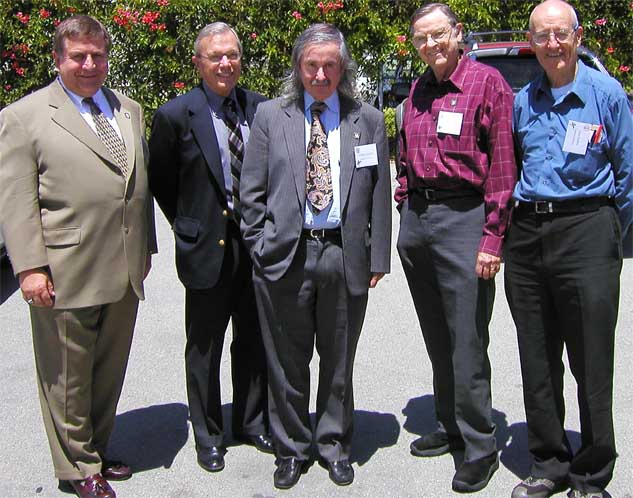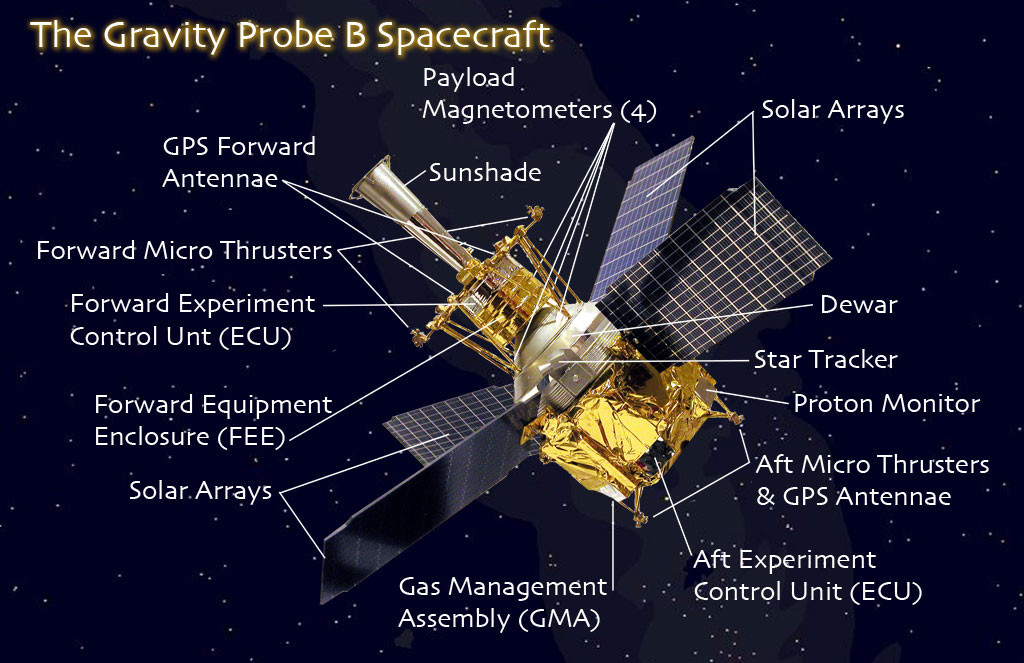RTCA Report Show Serious LightSquared Interference to GPS Aviation

An executive summary of a special report by RTCA Inc. Special Committee 159 released today (May 27, 2011) indicates that GPS aviation receivers would experience serious interference from transmission planned by LightSquared in the upper portion of the 1525–1559 MHz spectrum adjacent to the GPS L1 band.
By Inside GNSS









.jpg)







